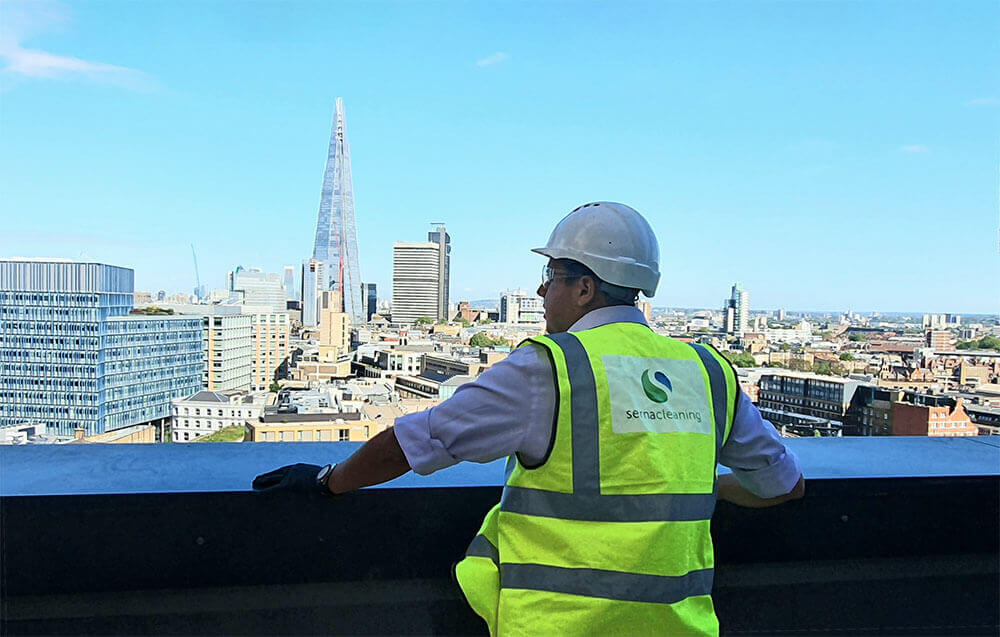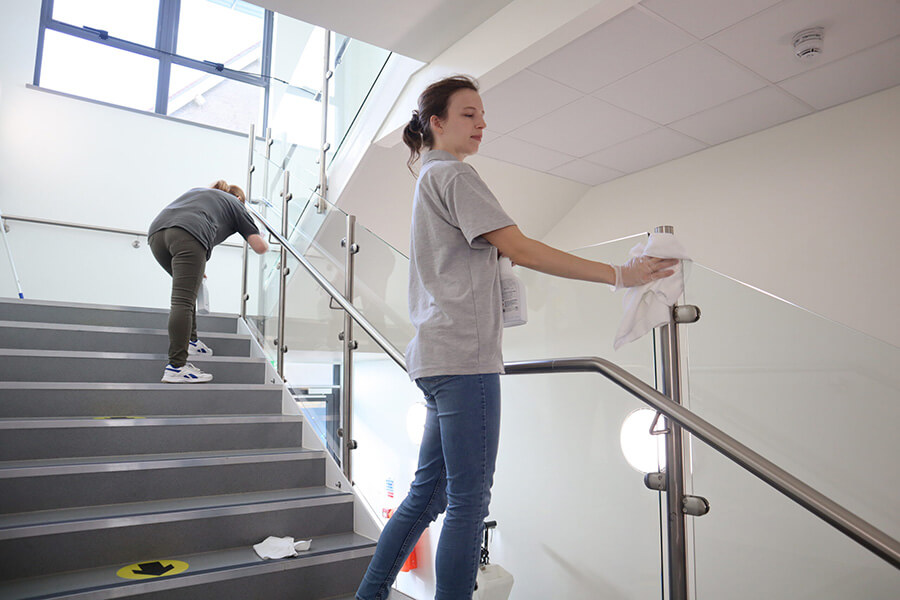When discussing cleaning services, particularly in the context of construction and renovation projects, the terms “builders clean” and “sparkle clean” often come up. Both are essential stages of cleaning, yet they serve different purposes and are carried out at different times during the project timeline. With this in mind, Serna has a detailed look at the differences between a builders clean and a sparkle clean.
What Is The Purpose Of A Builders Clean?
The primary goal of a builders clean is to remove the debris, dust and leftover materials from the construction process. This type of cleaning prepares the property for the final stages of completion, making it safe and accessible for other tradesmen, building inspectors or clients.

What Are The Timings Of A Builders Clean?
A builders clean is typically carried out after the construction work is finished but before the final touches are applied.
What Is The Scope Of Work For A Builders Clean?
Debris Removal: Clearing out all construction waste such as nails, screws, wood scraps and other materials.
Dust and Dirt Removal: Sweeping, vacuuming, and wiping down surfaces to remove construction dust from floors, walls and ceilings.
Surface Cleaning: Basic cleaning of surfaces including countertops, sinks and cabinetry.
Window Cleaning: Removing labels, paint, and plaster from windows and frames.
Bathroom and Kitchen: Ensuring these areas are free from construction residues.
Floor Cleaning: Vacuuming and mopping floors to remove any construction-related dirt and dust.
What Equipment And Products Are Used For A Builders Clean?
Heavy-duty Cleaning Equipment: Industrial vacuums, sweepers, and sometimes pressure washers.
Specialised Cleaning Products: Strong cleaning agents designed to break down construction materials like paint, cement, and adhesives.
What Is The Purpose Of A Sparkle Clean?
A sparkle clean, also known as a final clean, is conducted to achieve a pristine, showroom-quality finish. The aim is to ensure that the property is immaculate and ready for handover to the client, making it look polished and appealing.

What Is The Timing Of A Sparkle Clean?
This cleaning takes place after the builders clean and typically just before the property is handed over to the client or opened for public use.
What Is The Scope Of Work For A Sparkle Clean?
Detailed Cleaning: Thorough cleaning of every surface, including high and low areas, to remove any residual dust and smudges.
Polishing and Buffing: Ensuring all reflective surfaces like mirrors, glass, and stainless steel are streak-free and gleaming.
Sanitisation: Disinfecting bathrooms and kitchens to ensure they are hygienic and ready for use.
Floor Polishing: Polishing floors to a high shine, including vacuuming carpets and mopping hard floors.
Fixtures and Fittings: Cleaning and polishing light fixtures, switches, door handles and other fittings.
Window Cleaning: Ensuring all glass surfaces, including windows and mirrors, are spotless and streak-free.
What Equipment And Products Are Used For A Sparkle Clean?
High-quality Cleaning Tools: Microfibre cloths, fine brushes and detailing tools.
Specialty Cleaners: Mild yet effective cleaning agents that ensure a streak-free finish and a pleasant scent.
What Are The Key Differences Between A Builders Clean And A Sparkle Clean?
| Builders Clean: | Sparkle Clean: | |
| Stage of Cleaning: | Performed immediately after construction work to remove debris and prepare for the final stages. | Conducted after the builders clean, focusing on detailed, final touches before handover. |
| Level of Detail: | Basic, functional cleaning to remove construction materials and dust. | High-detail cleaning aimed at achieving a perfect, presentable finish. |
| Purpose: | To make the property safe and accessible for final inspections and minor finishing work. | To present the property in its best possible condition for clients or the market. |
Conclusion
Understanding these distinctions is crucial for ensuring that each phase of a construction project transitions smoothly and that the final presentation meets professional standards. Both types of cleaning are essential, but each serves a unique role in the overall process.

